India-Pakistan: Partition Perspectives in Indo-English Novels
Synopsis
With the announcement of partition in 1947, the Indian sub-continent moved away from the unique ideal of non-violence. The partition holocaust wrought havoc on all as communalism made people go berserk. The tragic and momentous event has stirred the creative imagination of many an Indian English writer. However, Kushwant Singh’s Train to Pakistan, Chaman Nahal’s Azadi, Bhisham Sahni’s Tamas and Bapsi Sidhwa’s Ice-Candy Man have been chosen for the thematic study of partition theme with an intention to encompass variegated perspectives. This thematic study is divided into six chapters. The very first chapter, an historical perspective of partition, seeks to explore and unravel the breakdown of inter-communal networks and, most importantly, addresses a larger historical question-national leaders’ failure to realise a united India. This fair-sized historical perspective in indispensable because the novels have been cast against the backdrop. The subsequent four chapters, named after the novels, are intended to study the thematic paradigm of partition-theme. In the second chapter, Train to Pakistan, the disintegration of social mores with the advent of partition has been brought out. In the third chapter, Azadi, partition has been viewed as the leaders’ collective failure and the Raj’s studied indifference to ease up the communal tangle. The fourth chapter, Tamas, evinces the beguiling impact of communal forces hell-bent on whipping up the frenzy. The fifth chapter, Ice-Candy Man, has been mainly seen as a study of minority complex. The last chapter sums up the generalizations that have been inferred.
Read more
9.00
8.1
$
10.00 $
Free delivery Wolrdwidе in 10-18 days
Ships in 1-2 days from New Delhi
Membership for 1 Year $35.00
Get it now and save 10%
Get it now and save 10%
BECOME A MEMBER

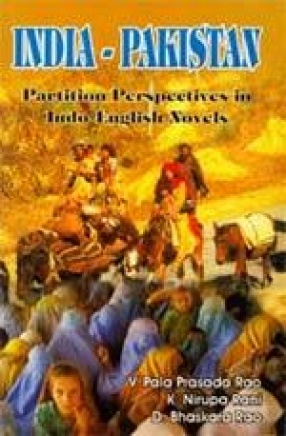


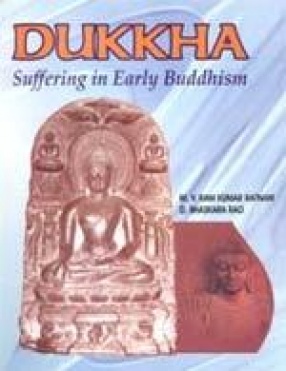
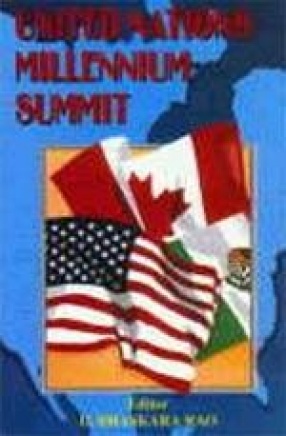
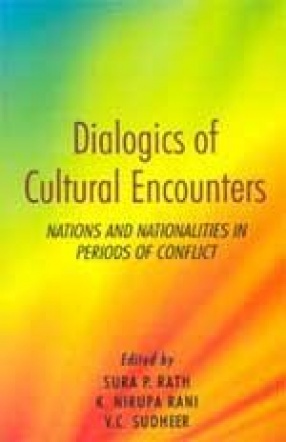


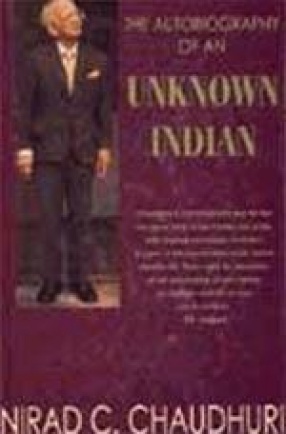


It is really poignant to hark back the kind of horrors the subcontinent witnessed during the birth of the nation(s). The author without any tilt to anybody or any ism triesto describe the holocaust. It runs about 100 pages and is written in an evocative style.
The artificial division between the nations-India and Pakistan- is presented with a comprehensive sweep and critical acumen. The book details the satanic roles of politicians cutting across religious constructs. worthy to do a reading, in particular the dirty politicians who made the barriers impregnable.
the depiction of the sad tale of partition is something one cannot comprehend. it is really complex to understand it. But the author has brought before us the picture before us with remarkable perpicacity. It is of 5 chapters. Helps you to come to terms with the partition trauma.
Bibliographic information
V. Pala Prasada Rao
K. Nirupa Rani
Tags